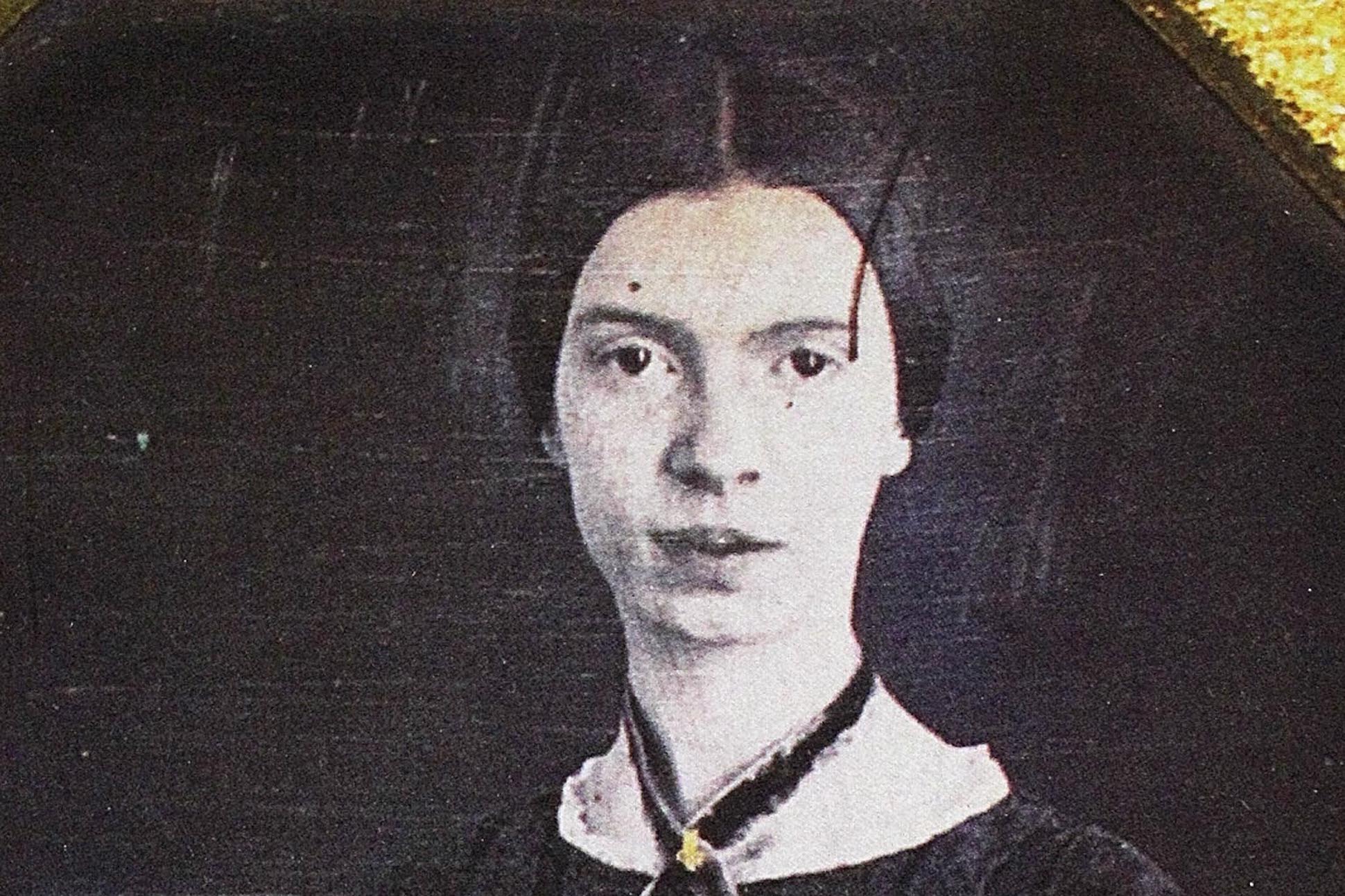If I should Die, by Emily Dickinson, poem summary
If I should Die
Emily Dickinson
Emily Dickinson is one of the greatest American poets and a death-obsessed writer. Her poems exemplified the truth and hidden humor about death. This famous poem 'If I should Die' contrasts death with the life of the survivors. This poem consists of two parts regarding the circle of life: the first part reveals the natural aspect of life as a very peaceful part, and the second part is portrayed as the human death, and thirdly it is referring to the happiness in another world after the death.
In the poem, the poet Emily Dickenson is relating her poem to one's death and its effect on the other living people. In the beginning part of the poem, she reveals the reality of the world that one should die and another should remain alive. It is the natural process where people are dying every day and others are remaining alive on the earth. The poet takes her own death as a natural process. She tells that her death will not stop the happenings of the world. Time continuously passes on its course. In the morning the sun will rise and in the afternoon the sun becomes hot like burning. These natural events are going on in their natural course even if she is dead. The birds never stop building their nest and the bees never stop humming.
One might depart from the world of living people but survivor has to do their daily activities to survive in this world. People have to run their businesses; they have to continue their commerce and trades. She wishes to see the progress and success in their life. The business should progress as briskly fly. The remaining people could get progress in their business or work. Here the business may also refer to the daily activities of the common people. She becomes happy when she knows that the business is getting progress. This progress gives happiness to the people who are dead and lying in the grave with daisies. Daisies are symbolically signified in the poem because daisies are placed on the graves of loved ones. These daisies referred to death. By looking at the progress and busy lifestyle of the people the soul of departed people take rest in tranquility. When the people forget about the death of the dead one and work on their duty sprightly, it gives a pleasing scene to the speaker.
She takes death as
a part of life and does not feel sad about her own death. The existence of each
thing in nature has to vanish one day. Moreover, she believes that death is not
the end; it is the beginning of something new and exciting journey. The
second part of her poem deals with another aspect of death and dying. She says
after her death all the commerce and trade will continue and people will
prosper more. No one and nothing on the earth will worry about her death and will not
be adversely affected. At this point, Dickinson is not worried rather she is
feeling calm and that even after her death the circle of life is naturally
going on. Dickinson takes her death as a normal thing to occur. Her obsession
with death is clearly seen in the poem. Her easy and positive approach to
death in this poem reflects her spirituality and defines her as a metaphysical
poet. She supports the idea that death should no longer be something that one
fears because everything has to die to be something new again and to continue
the circle of life.


No comments